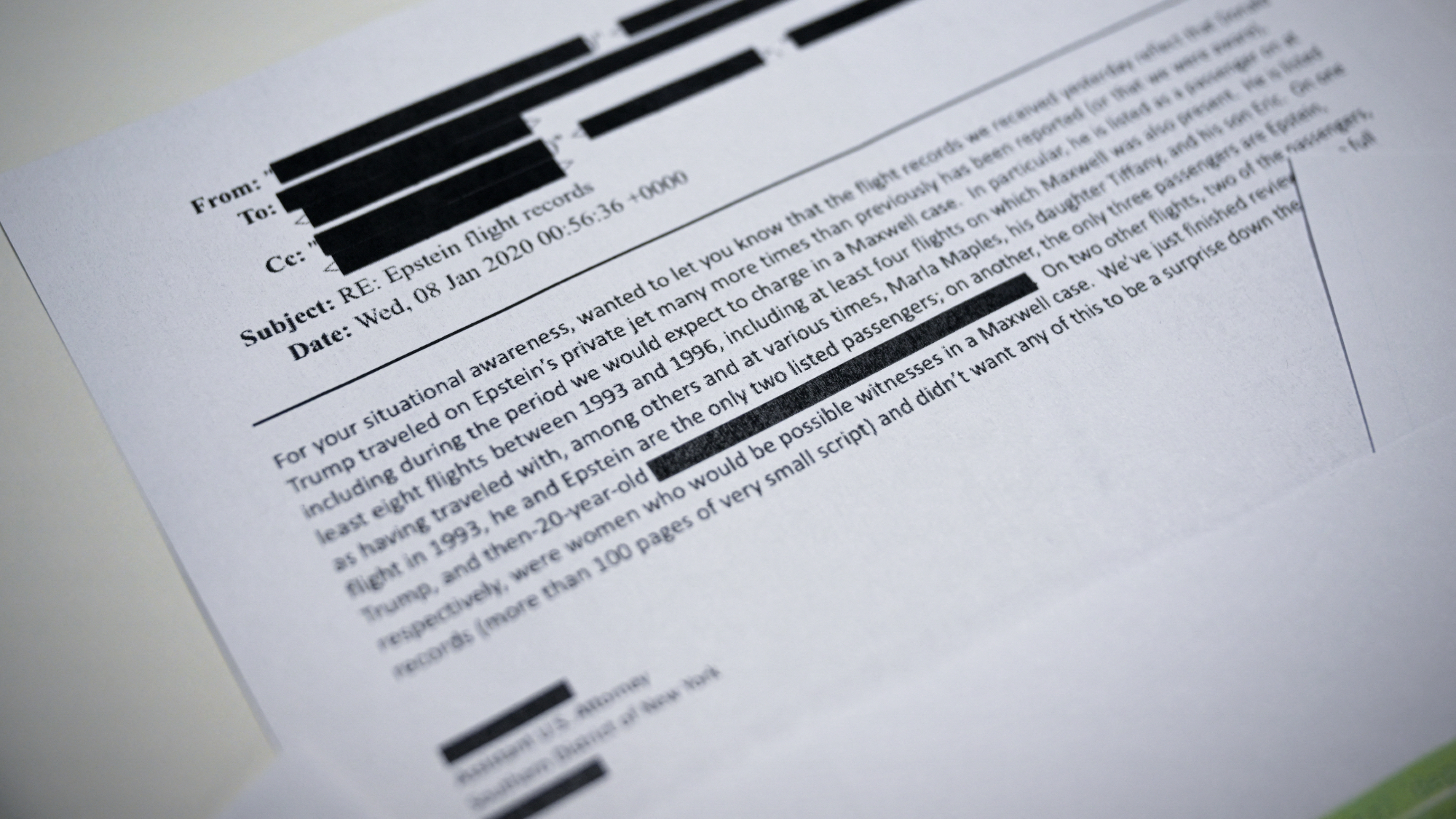5 strange facts about crying
Sure, everybody sheds the occasional tear. But new research shows some surprising trends behind the science of how and when we sob

Tears are universal, but not everybody cries the same way, or with the same frequency. Researchers have been trying for years to figure out the biological and cultural forces that might explain, for instance, the differences between the way men and women cry. Here, five discoveries about the science of weeping:
1. Money won't prevent crying
Women in wealthier, Western economies cry much more than women in poorer countries where women have fewer rights, says Dr. Ad Vingerhoets, a clinical psychology professor at Tilburg University in the Netherlands, as quoted by The Wall Street Journal.
The Week
Escape your echo chamber. Get the facts behind the news, plus analysis from multiple perspectives.

Sign up for The Week's Free Newsletters
From our morning news briefing to a weekly Good News Newsletter, get the best of The Week delivered directly to your inbox.
From our morning news briefing to a weekly Good News Newsletter, get the best of The Week delivered directly to your inbox.
2. Crying is not the same in every language
There's a distinct melody to the way people cry in different cultures. It's like linguistic differences: Germans emphasize the first syllable in the word "papa," while the French stress the second. Newborns come into the world all crying the same way, according to a German study published last year in the journal Current Biology. But as they grow up, they're socialized to a culture's specific manner of weeping.
3. Big boys do cry ...
Men cry less than women in our society, but as men age, they tend to cry more easily. They might simply be "provoked by altruism, camaraderie, and issues of morality," says Dr. Vingerhoets, as quoted by The Wall Street Journal.
A free daily email with the biggest news stories of the day – and the best features from TheWeek.com
4. ... and in the past, they cried even more
Men are discouraged from crying from boyhood, but it wasn't always that way. Professor Tom Lutz traces the change to the industrial revolution, when mostly male factory workers were discouraged from letting emotions get in the way of their productivity. Men, including Jesus, cry in the Bible. "Male tears are the norm," Lutz says, as quoted by the Journal, "and males not crying is recent historical aberration."
5. There's science behind men's distate for women's tears
Men detect a unique chemical component in the tears women let loose when they're sad, and it discourages them from feeling sexually aroused, according to a study published in the journal Science. "Chemical signaling is a form of language," says Dr. Noam Sobel, as quoted in The New York Times. "Basically what we've found is the chemo-signaling word for 'no' — or at least 'not now.'"
Sources: Wall St. Journal, Fox News, NY Times, London Times


